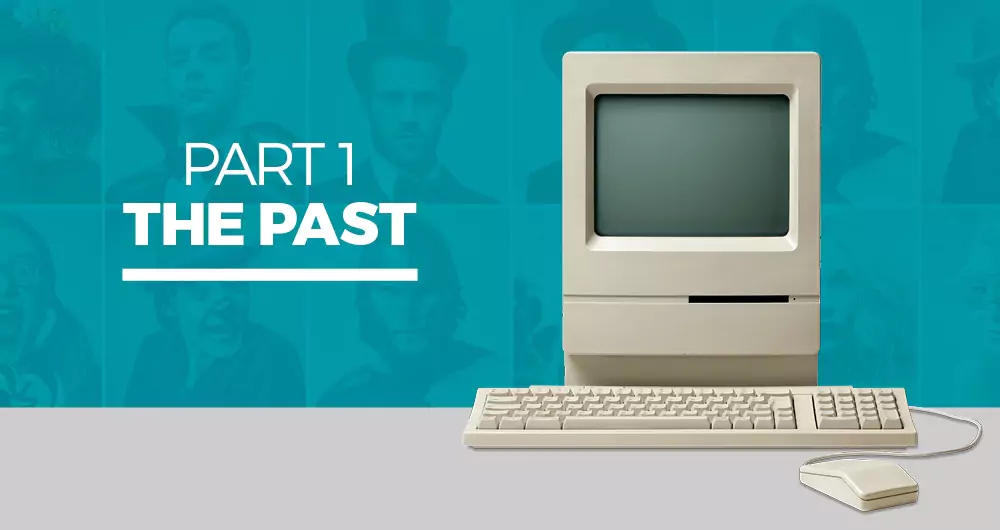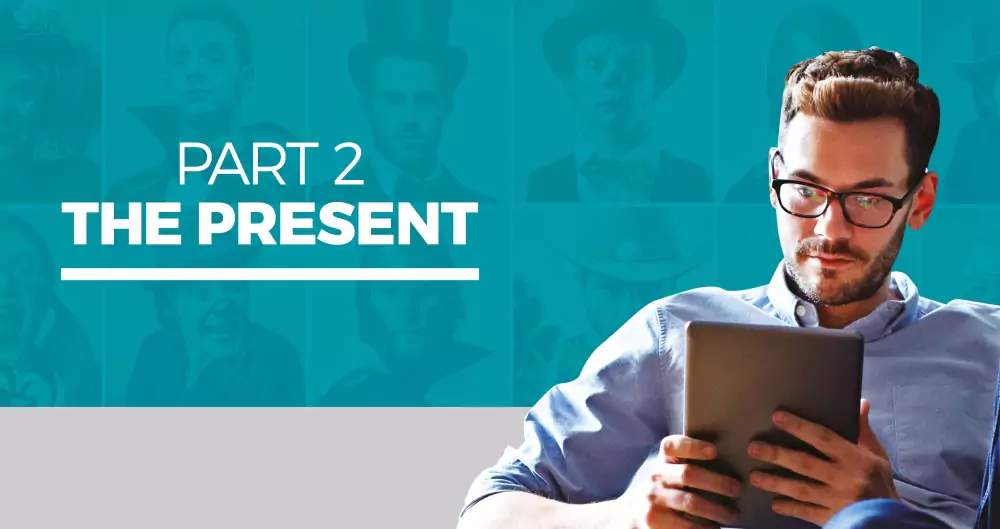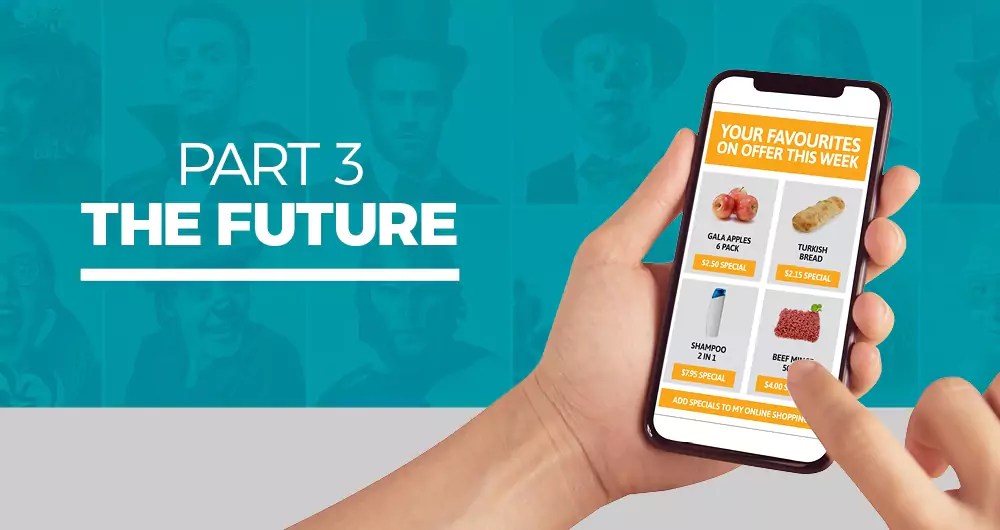Menu
Menu

In 2004, social media was in its infancy and segmenting was still something you did to an orange – not an email marketing campaign. Back then, big data was the fancy of an Orwellian dystopia, and cookies were something you ate with milk – not pixels which followed you around the internet. Moving at a tech-turbo speed, traditional marketing has changed more in the past five years than in the past 50.
Once upon a time, we wrote letters instead of texts. Between now and then, our lives have shifted significantly and so has marketing – especially in the way consumers seek information. Moving on from methods like cold emails and pamphlets, marketing has morphed into a consumer-led process. With a simple click or swipe, there’s more choice than ever, which has led to a huge shift in customer expectations. There’s no such thing as a passive customer anymore.
Modern multi-channel marketing has shifted the balance of power from the company to the consumer, with an expectation that brands make life easier. To stay relevant, companies must move from generic audiences and mass campaigns to tailoring the right content to the right consumer at the right time. The amount and nature of touchpoints have skyrocketed. Marketers now need to juggle the many options of apps, smartphones, email marketing and social media.
Technology has led this leap in data derived from social media and the emergence of marketing automation. Marketers now have an accurate understanding of who and where their customers are, as well as where they sit in the buyer’s cycle. But with this increase in data – cutting through the cosmos of competition is now the true test of a marketer’s success.

Consumers have become hyper-connected. As brand marketing spills into the social media space, the question at the top of most Marketers minds is how they can stay competitive and connected. Between balancing influencers and integrating multi-channel campaigns, developing marketing strategies is now more challenging than touching your nose with your elbow.
Never has there been so much choice and so little clarity. On the one hand – data and insights have brought sales and marketing teams closer together so they can focus on creating 1:1 connections between the brand and the customer. On the other hand – it’s an options overload. Between the different devices, segments, platforms and channels, knowing where to find your customer feels like a game of ‘Where’s Wally?’
While today’s marketer is pulled in many directions, they’re still speaking to an audience, not an individual. Sure, they can access the tools and data needed to create personalised interactions. But navigating them sometimes requires a PhD and a bigger budget than the average GDP. Old-school analogue tactics have given way to an ever-expanding digital landscape. And so begins the race to remain relevant, personal and connected.
As much as brands have evolved, customers have too. Both B2B and B2C consumers are more discerning than ever before. No longer wanting to be ‘sold’ to, consumers now value experience and convenience over price. Herein lies the challenge for modern marketers – how to sell your product without actually selling your product.
In a short period of time we’ve gone from brochures to billboards to biddable keywords. Modern marketing has become part art, part science. Balancing creative with data analysis has turned the traditional campaign on its head. Instead of using ads to spruik their wares, marketers are now leveraging influencers and online communities.
Looking ahead ten years – automation will take centre stage. In fact, in a decade’s time, this article could have been written by AI, automatically summarised into a neat soundbyte and delivered seamlessly to you via a socially integrated chat-bot.

These days, relevancy is king. Responding to a landscape of generic and shouty messaging, consumers have developed ‘selective hearing.’ With most of us spending a lot of time attached to a device, technology has made reaching customers easy. It’s keeping them engaged that’s challenging.
Instant gratification means consumers want what they want; when they want it. If brands can’t keep up, they risk their message drowning in a sea of saturation. With busy lives and more competitive communication, it’s no wonder consumers are gravitating to brands that ‘get’ them.
Future marketers need to help companies understand what their customers want, as well as use integrated marketing technology to translate customers needs into campaigns that are relevant, personalised and engaging. Messages don’t need to be complicated; just considered. Here are three standouts on the marketing horizon:
Integrated marketing joins all the dots. Providing a connected framework of messages where at the push of a button, you can sync all your communication across all platforms, devices and channels. It’s less about human intervention and more about relying on technology to keep campaigns consistent and relevant to the individual.
The future is automated; from email and SMS to landing pages and digital campaigns, automation keeps messaging on point. Because databases are updated in real-time – consumers expect timely, personalised and relevant messaging. Automation allows marketers to create measurable and connected campaigns.
Hyper personalisation is about relevancy; picking up on trends and patterns to produce personalised messaging. Personalisation uses intelligent data to deliver the right information at the right time to the right customers. With so much competition, customers crave feeling special and understood.
For companies to cut through, marketers need to think about customers as individuals. They need to innovate brand experiences that provide legitimate value. An example of this is BP’s new fuel payment app. Designed for parents and motorists in a hurry, the smartphone app lets you use your location to find the nearest BP petrol station and pay at the pump using your smartphone.
The future is now. It’s all about delivering relevant and customised cross-channel communication to help you build a relationship with your customers. It’s creating a seamless experience where customers can receive individual messages through web, print, SMS, social media sharing, QR codes and more. In today’s fast-paced digital environment, you can’t afford not to.
"*" indicates required fields